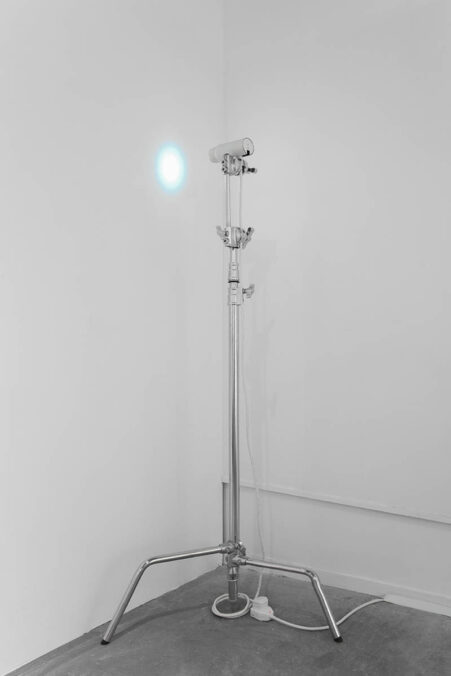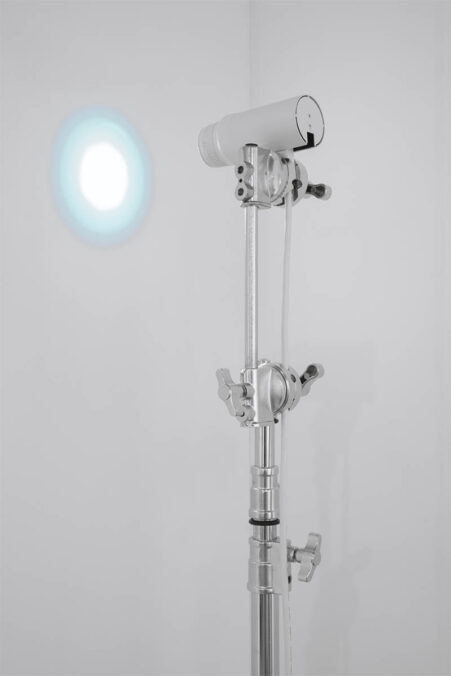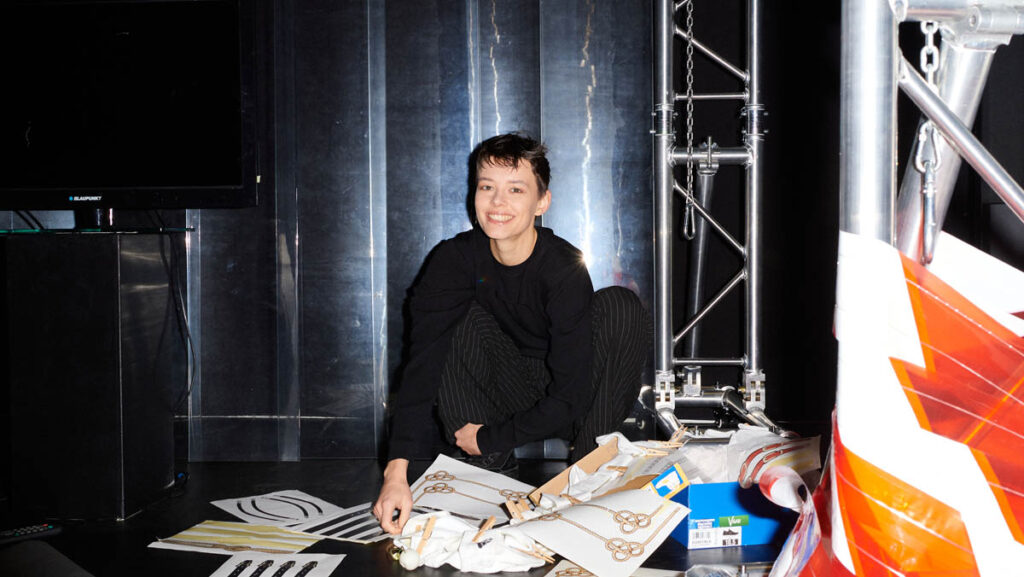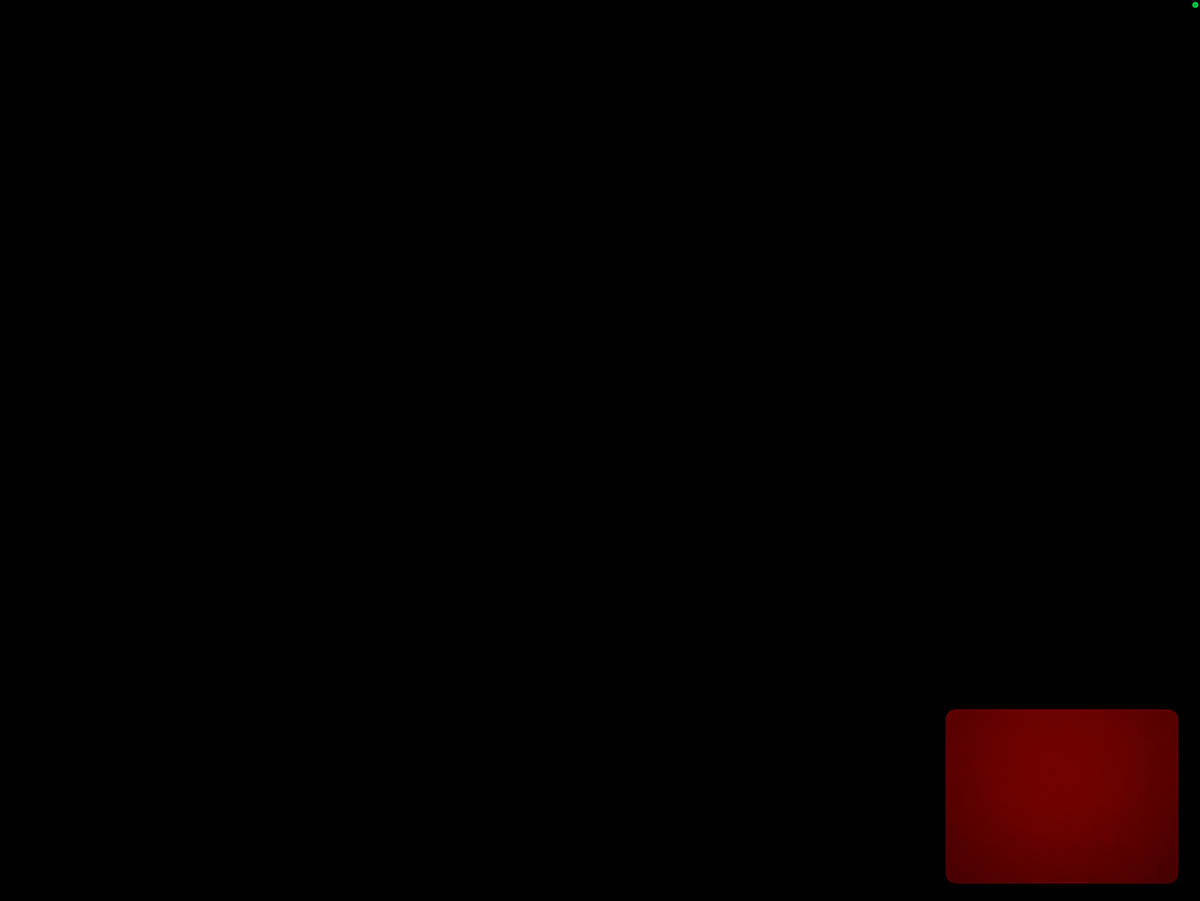
Currently, Leung is a doctoral artist-researcher at the University of Applied Arts Vienna. He was previously a lecturer at the Hong Kong Metropolitan University and co-founder of Negative Space – an artist-run space that focuses on the development of lens-based media and experimental practices in Hong Kong. The artist’s works are included in many private collections from Basel, Luxembourg, Paris, Vienna, and Hong Kong.
I’m curious why you chose the German word angst in your work and not anxiety. In addition, I am curious how this feeling is expressed in Chinese.
The German word “Angst” entails a spiritual depth that cannot be captured by the common English translation of “Anxiety” or “Anguish”. This sense of ambivalence comes to define the word “Angst”, which situates it in the middle of our mind and body, making it a form of “affect” that is not only mental but also deeply corporeal. This is why I have chosen to use the German word “Angst”, as its semantic nuances offer greater potential for me to explore. In Chinese, “Angst/Anxiety” is translated as the phrase “焦慮”, which means “burning/ burned” [焦] “worries/thoughts” [慮]. It is, therefore, a phrase that’s highly visualized, and you can almost imagine how one’s anxious thought is so urgent that it is toasted and burned. On this, I have created a video piece called Burned Thoughts, which explores the sense of burning “constriction“ that comes with “Angst”.
How has your research on the theme unfolded so far?
My project includes three chapters, with the first one focusing on Angst that is experienced on a personal level, whereas the second and third chapter considers Angst from an intersubjective/ social perspective, as well as, later on, a political perspective.
I believe the individual is never separated from the social and political, and “Angst” as an experience essentially transcend beyond individual bodies into the greater socio-political realm.
“Angst” is therefore interesting for me because it is both “mental” and “physical”, “personal” and “political” – it is a highly ambivalent, yet substantial and grounded experience. It resembles the primal waters from the beginning of time, an ocean that swells in chaos but at the same time serves as the ground for every creation. A chaos from which we have all come forth.
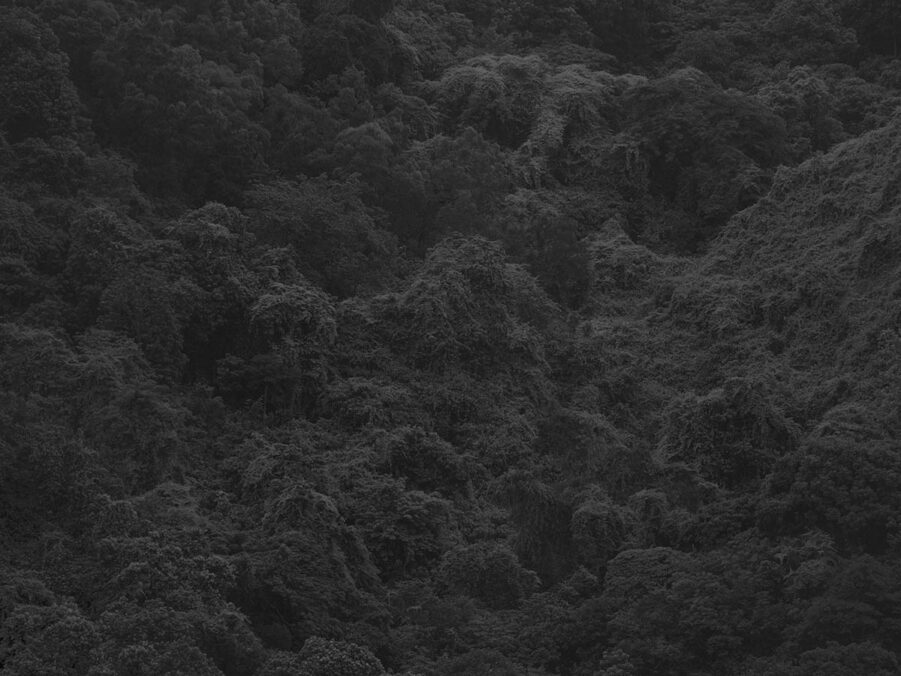
Mount, From the series Untitled (Conditions), 2017 – Present
How is the PhD experience at the academy, and what are you currently working on?
Currently, I’m focusing on the artistic side of my research and trying to come up with different methods of visualization for the experience of “Angst”. The thing is, one could be easily depressed and anxious when doing a PhD, especially when constant reflection is needed throughout the process. Yet, coming back to the subject of my research and practice, Angst is nevertheless the ground of creation, and only through it can we reach something new.
Recently I have been focusing on the idea of a “post-digital visage” – a face that gazes and appeals to us in the digital milieu in form of social media and algorithmic surveillance.
I am interested in how our interpersonal relationships in the digital age serve as a source of our Angst, and how should we reconcile with such Angst given the current state of warring affairs. This interpersonal aspect will mark a new chapter in my upcoming practice.
How does Vienna feel?
I have enjoyed Vienna so far, and I would describe Vienna as a haunted place, not in a negative way, but in the sense that it is a place full of history and indeed weight(schwerzen). I remember joking with my friends when I first arrive – that if you get haunted by a ghost in Vienna, it might not be a bad thing, because it might be Mozart or Schubert. Perhaps the most haunting past is not a past of failure, but that of immense success. In a way, I enjoy this Viennese schwerzen, and perhaps it is the most interesting to see how we can reconcile with our past.
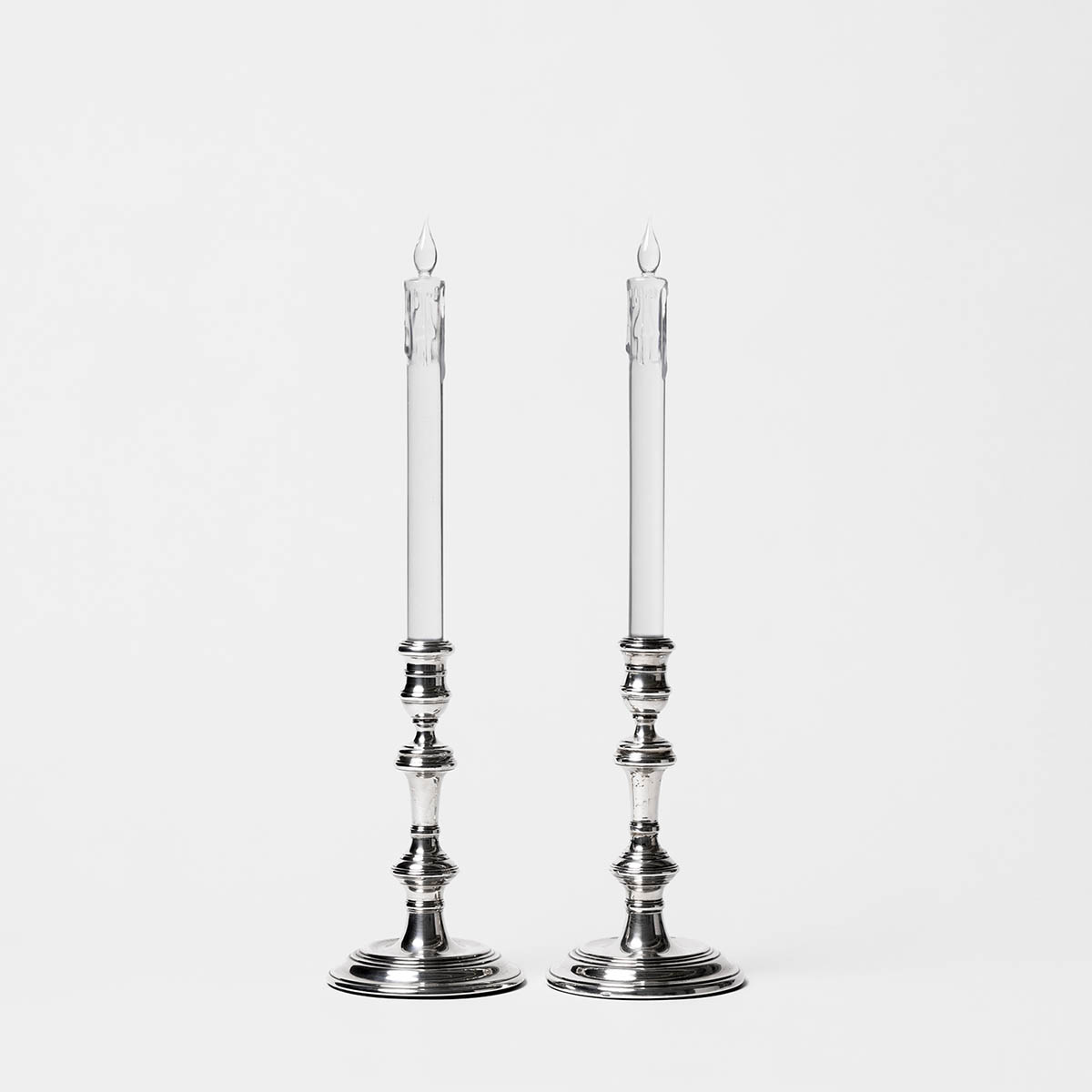
Doppelgänger, 2013, Pure silver candleholders, 3D-printed candles in resin
Can you tell us something about your work process? How do you typically go from idea to work materialization?
I consider my method highly influenced by conceptual practices in the 1960s, with conceptual artists such as Joseph Kosuth, as well as the Arte Povera movement being key references for me. I often come up with a certain idea in my notebook with sketches, and by the time I have sketched out the ideas, I would consider the works to be 80% done, with the remaining 20% being the actual materialization. Being trained formally as a photographer, I have come to know my practice as a form “contextualization”. In photography (at least in straight photography), I am not really adding on anything new, and the only thing that I have offered as an artist is a context.
This “play of context” later extends to my practice of found objects, which essentially function on the same principle. I am, therefore, constantly engaged in the process of (re-)/(de-) contextualizing various existing materials (including objects, images, experiences, sounds, text..etc), in order to reveal new meanings and interpretations.
I want to stay a bit more in photography. What is behind it, and how do you employ the latter?
As mentioned earlier, I consider photography a tool for “context-shaping“. Although formally trained in photography, I never really consider myself a photographer, as I find myself always carried away by things that transcend beyond the photograph itself. So instead of “What is behind photography”, we can ask “What is beyond photography”. From the documentary tradition, photography is a tool that inherently entangles with reality, but these days I am more interested in the possible effects that come after a photograph is produced, when we come to encounter an image as it is, with its immediate effects hitting us in the moment. I try to explore such immediacy in “Seeing the Sun at Midnight (2023)”, which was inspired by the blinding light that one experiences when one looks at the phone in the dark.
I have always found the light that emitting from my phone very affective, in the sense that it often creates an affective immediacy that wakes my senses.
Somehow I never like to create grand ‘narratives’ or stories with a series of photos; rather I prefer looking at individual photographs or images while contemplating their affective impacts. It is this mode of ‘bracketing’(einklammerung) that intrigues me the most in the practice of photography when one is allowed to focus on one thing to see with clarity.
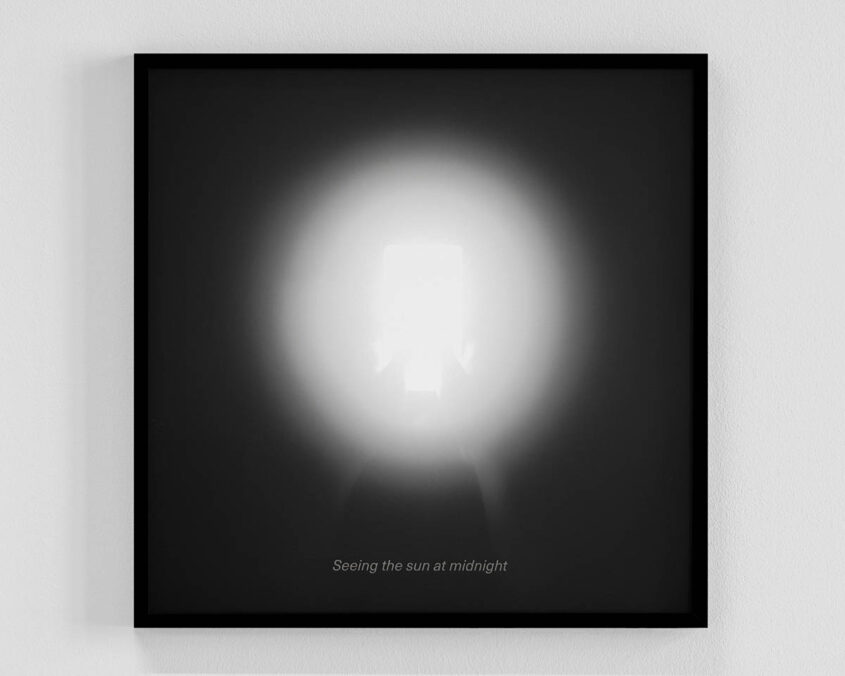
Seeing the Sun at Midnight, 2023, Lightjet print on fiber-based Baryta paper, engraving on plexiglass, wooden frame
What happens in The Gesture of Projecting (2019)?
“The Gesture of Projecting” was a work that I made by appropriating a found/abandoned lens from a flea market. In photography, an image is conventionally formed when light enters through the lens. I was therefore interested in the opposite gesture; where an image is formed, not by the entry of light, but the exit of the light. There’s an inherently paradox, and therefore a tension that exists between photography and projection, where both processes similarly produce an image despite their contrasting gesture.
Beside light, we testimony also a presence of sound in your work. What role does the latter play?
These days I’m getting more interested in the symbolism of sound, especially the tones and melodies that we hear so often in daily life but never really think about. I still don’t have a clear answer for its role in my practice, but it is interesting how sound can evoke very intense feelings that are entangled with one’s past experiences. I, therefore, consider the potential of sound in its indexical link to our embodied past.
Hear: “Elongation” https://leungmongsum.com/Elongation
Could you highlight four places in Hong Kong that hold a deeply sentimental value for you, perhaps possessing almost magical qualities?
1) The Lam Tsuen River
The Lam Tsuen River is not a big river like the Rhine, but a small canal that flows next to my home. Whenever I go home, I always have to walk along side this river, and I believe this probably the most familiar path of my life.
2) The Foo Tak Building, Hennessy Road, Wan Chai
The building is a vertical artist village where my former studio is located. In front of the building is the Hennessy Road, an important road occupied by more than 2 millions people in the 2019 protest.
3) The Oxford Road
It is the road on which my elementary school was located. Now that I think about it, “Oxford”, as a place and a name, is probably the first „British thing“ that I have come to known. I believe there is something really iconic about this road, which hints at Hong Kong’s colonial past.
4) The St.Teresa’s Hospital
This is the hospital where I was born, but since then I have never visited it. The hospital is run by a French congregation called the Sister’s of St. Paul de Chartres, and this is why the hospital is also colloquially known as the “French hospital” in Hong Kong. A lot of hospitals, as well as schools are run by the Catholic Church in Hong Kong. It started off as a missionary and charity effort of the Church, but it’s interesting how many of the schools and hospitals have now become elite/blue-blood schools as well as private hospitals instead of public ones.
Joseph Leung Mong Sum – www.leungmongsum.com
Note: Throughout our correspondence, I’ve been hearing in Loop Elongation, and, over the past days, I’ve been disabling my phone’s silent mode to let the blend of notifications from WhatsApp, iMessage, Instagram, and new emails add a rhythm to my days – to fill, bore, or simply to grasp my post-digital Ängsten.



